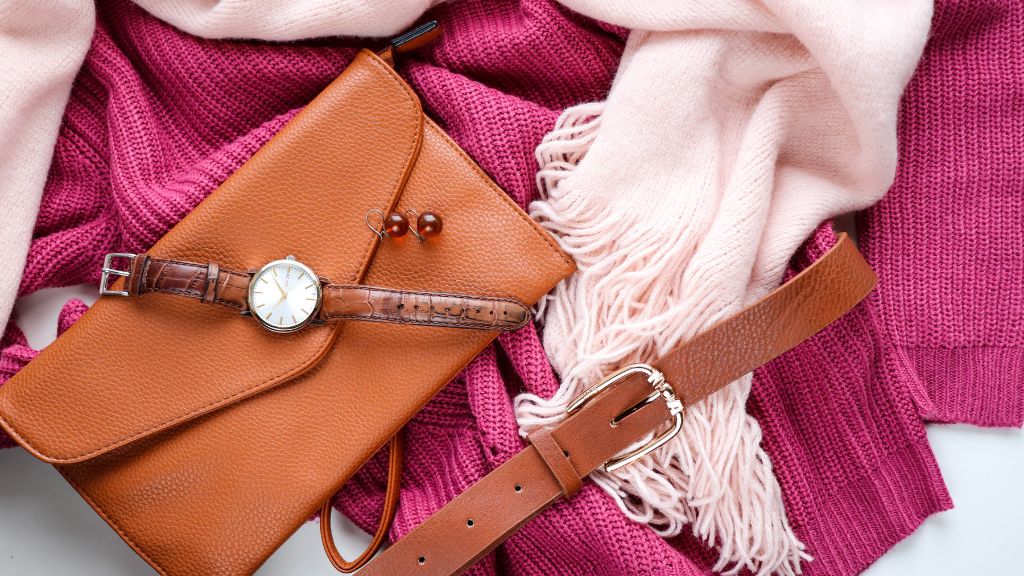Fashion History: Decades of Style Evolution
Fashion is not merely clothing; it’s a reflection of the times, a canvas upon which societal shifts, cultural movements, and individual expressions are painted. The ever-changing landscape of fashion has witnessed a remarkable evolution over the decades, with each era leaving an indelible mark on the industry. In this journey through fashion history, we’ll explore the distinctive styles and trends that defined each decade, shaping the way we perceive and express ourselves through clothing.
The Roaring Twenties: Jazz, Flappers, and Art Deco Elegance
The 1920s, often referred to as the Roaring Twenties, was an era of exuberance and rebellion. The aftermath of World War I brought about a significant shift in societal norms, and this was mirrored in fashion. Women embraced the flapper style, characterised by drop-waist dresses, short hemlines, and loose silhouettes. The influence of Art Deco was evident in geometric patterns and embellishments.
The Glamorous Thirties: Old Hollywood Elegance
The 1930s exuded sophistication despite the challenges of the Great Depression. Hollywood’s golden age influenced fashion with long, flowing gowns, bias-cut dresses, and tailored suits. The decade saw the rise of iconic designers such as Coco Chanel and Elsa Schiaparelli, and the emergence of glamorous eveningwear became synonymous with the era.
World War II and Utility Fashion: The Forties
The impact of World War II was felt in every aspect of life, including fashion. Rationing led to practical, utilitarian designs with shorter hemlines and an emphasis on functionality. Military-inspired clothing became prevalent, with women adopting tailored suits and trousers while maintaining a sense of femininity.
The Fifties: Post-War Elegance and Rock ‘n’ Roll Rebellion
The 1950s brought about a return to glamour and femininity. Christian Dior’s “New Look” introduced nipped-in waists and full skirts, emphasizing an hourglass silhouette. Meanwhile, rebellious youth embraced the edgy style of rock ‘n’ roll, featuring leather jackets, denim, and a more casual approach to fashion.
The Swinging Sixties: Youthquake and Mod Style
The 1960s was a decade of revolution and cultural upheaval, and fashion followed suit. The Mod style, characterized by geometric patterns, bold colors, and mini skirts, became an iconic representation of the era. Designers such as Mary Quant and Pierre Cardin played pivotal roles in shaping the fashion landscape.
The Seventies: Bohemian Rhapsody and Disco Fever
The 1970s was a decade of diversity in fashion. The Bohemian trend celebrated freedom and individual expression with flowing maxi dresses, fringe, and floral patterns. On the other hand, disco culture brought about a glamorous and flashy aesthetic with metallic fabrics, jumpsuits, and platform shoes.
The Eighties: Excess, Power Suits, and Neon Brights
The 1980s was synonymous with excess and boldness. Power dressing became a symbol of female empowerment, with exaggerated silhouettes, padded shoulders, and vibrant colors. Punk and New Wave styles also made a mark, embracing edgy and rebellious fashion expressions.
The Minimalistic Nineties: Grunge and High Fashion
The 1990s witnessed a shift towards minimalism and casual comfort. Grunge fashion, characterized by flannel shirts, combat boots, and distressed denim, emerged as a counter-culture movement. Simultaneously, high fashion embraced sleek and minimalist designs, epitomized by designers like Calvin Klein.
The New Millennium: Eclecticism and Fast Fashion
As we entered the 21st century, fashion became more eclectic and fast-paced. The rise of the internet and social media transformed the industry, making fashion trends more accessible than ever. Fast fashion became a dominant force, with trends changing rapidly and global influences shaping styles.
Conclusion: A Tapestry of Timeless Trends
Fashion history is a rich tapestry woven with threads of cultural shifts, historical events, and individual creativity. Each decade has contributed unique styles, reflecting the spirit of the times. As we continue into the 21st century, the cyclical nature of fashion ensures that elements from the past are continually reinvented, creating a dynamic and ever-evolving landscape of style. In embracing the history of fashion, we gain a deeper understanding of the diverse influences that have shaped the way we express ourselves through clothing.
FAQs – Journey Through Fashion History
Q. What is the significance of fashion in reflecting societal shifts and cultural movements?
A. Fashion serves as a mirror to societal changes and cultural movements, showcasing how people express themselves through clothing during different periods.
Q. How did the Roaring Twenties influence fashion, and what characterizes the flapper style?
A. The Roaring Twenties brought about exuberance and rebellion, influencing the flapper style characterized by drop-waist dresses, short hemlines, and loose silhouettes.
Q. What defined fashion in the Glamorous Thirties, and how did Old Hollywood impact the era?
A. The 1930s exuded sophistication with long gowns and tailored suits, influenced by Old Hollywood. Iconic designers like Coco Chanel and Elsa Schiaparelli played a significant role in shaping the era’s fashion.
Q. How did World War II impact fashion in the Forties, and what is utility fashion?
A.World War II led to practical, utilitarian designs with shorter hemlines and military-inspired clothing. Utility fashion focused on functionality in response to wartime rationing.
Q. What marked the fashion landscape of the Fifties, and how did Christian Dior contribute to the era?
A. The Fifties saw a return to glamour with Christian Dior’s “New Look,” emphasizing nipped-in waists and full skirts, promoting an hourglass silhouette.



